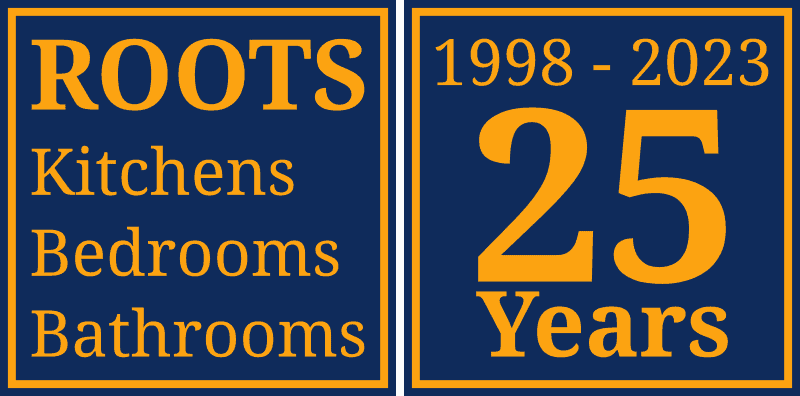Safe rules for cleaning your kitchen, based on combining guidance from all manufacturers:
- Wipe surfaces with a soft cloth
- If needed, a slightly damp cloth
- If still needed, a small amount of soap/detergent
Things that will damage products
- abrasives
- chemicals
That sounds simple, right? Well we all know it’s a little more complicated so lets talk about why manufacturers say these things.
Starting with a soft cloth, we want to wipe things with something that won’t scratch a surface. Cleaning your shiny surface with steel brush is obviously bad but be cautious of cloths and cleaning pads that may have stiff bristles, fibres or abrasive particles of dirt.
Slightly damp cloth? Why not wet? That’s because many of the products in a kitchen are not designed to be wet. Leaving water on joins in panels and surfaces can be especially bad for the long term durability of the room.
A small amount of soap and no chemicals? It’s hard to know what cleaning agents contain so manufacturers take no chances and recommend only the bare minimum possible. Natural soap can help lift dirt, but did you know washing up liquid contains particles that help when scouring pans clean? The particles can also make fine scratches on the surfaces you’re cleaning and over time you may notice the surface change. Likewise manufacturers can’t tell if cleaning product manufactures will change their ingredient list over time, perhaps adding a new chemical agent that will react with their product.
Naturally, all of us go beyond manufacturers recommendations and use a variety of cleaning products to clean our room. when you do, please read and follow the instructions of the cleaning product as closely as you can.
Whilst we’re talking about cleaning, have you ever wondered what happens if you spill a whole pan of bolognese into an extractor built into a hob? No? Just Steve then, and he made a video

